From a close encounter between Saturn and the moon to the Southern Delta-Aquariids and a good view of the Northern Crown, there is much to see this week (July 22 to July 28) using just your naked eye.
A good telescope or pair of binoculars will help you see some of the night sky’s fainter objects but the unaided eye is enough to learn its stars and constellations, watch the moon, experience meteor showers and see satellites whizz across the night sky.
Here is what you can see in the night sky this week without any equipment, all you need to enjoy it all is curiosity, patience and good weather.
Related: The brightest planets in July’s night sky: How to see them (and when)
This week’s stargazing targets
MONDAY, JULY 22 — MERCURY (AFTER SUNSET)
Since Mercury orbits close to the sun, it’s typically lost in its glare. However, sometimes it’s possible to see it briefly, just before sunrise or after sunset. The latter occurs tonight as it reaches its “greatest elongation east,” appearing 27 degrees east of the sun as seen from Earth.
Look west just after sunset for a reddish dot just above the horizon. It’s going to be about 14 degrees from the sun and shine at magnitude +0.5. Just above it will be magnitude +2.3 star Regulus, in Leo, while closer to the horizon will be Venus, shining at a much brighter magnitude -3.9, but likely hard to see in the horizon’s haze.
TUESDAY, JULY 23 — BRIGHT MOON SHINES WITH SATURN (OVERNIGHT)
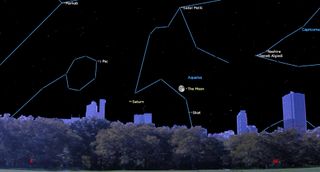
Rising around local midnight, the now waning gibbous moon will appear in the east-southeast alongside Saturn, which will shine at magnitude +0.8. Both will remain visible for the rest of the night, fading in the west as dawn breaks. You won’t see Saturn’s rings with just your eyes — you’ll need any telescope for that — but its yellowish disk will be easy to spot.
WEDNESDAY, JULY 24 — BRIGHT MOON OCCULTS SATURN (OVERNIGHT)
Since the moon is relatively close to Earth, its apparent position against the background stars and planets will vary depending on where you are. From North America and Europe, the waning gibbous moon will again be close to Saturn tonight, rising after midnight. However, from a path through Asia and Africa, the moon will appear to occult Saturn, hiding it from view for a few hours.
THURSDAY, JULY 25 – VENUS, MERCURY AND REGULUS (AFTER SUNSET)
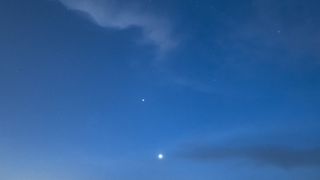
Look to the west-northwest immediately after sunset, and you may see magnitude +3.9 Venus sinking into the horizon, though higher in the sky than on Monday. Slightly to the left and higher in the sky will be Mercury and, above, +1.4-magnitude Regulus. Mercury will shine at a relatively bright +0.6 magnitude and sink into the sun’s glare over the next few evenings as Venus rises.
FRIDAY, JULY 26 — NORTHERN CROWN (OVERNIGHT)
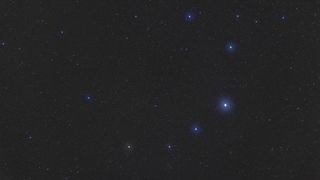
This week is an excellent time to find the Northern Crown (Corona Borealis). Look west after dark, and you’ll see bright star Arcturus in the constellation Boötes. Look high above for Vega, the brightest star in the constellation Lyra. Between the two is a curve of seven stars. It’s easiest to find in dark skies, but it’s perfectly possible to see from a city. It’s worth becoming familiar with the Northern Crown because between now and September, a dim “nova” star close to the curve, called T Coronae Borealis, will partially explode, making it a naked-eye star for a short period. It happens every 80 years.
Related: A rare nova ignites a ‘new star’ in the sky this year
SATURDAY, JULY 27 – LAST QUARTER MOON (OVERNIGHT)
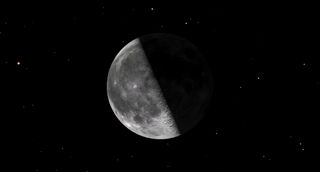
Look to the east-northeast at midnight, and you’ll see a waning gibbous moon rise. It’s been a week since the full moon and a week from the new moon, meaning it’s now half-lit. As well as being a beautiful sight, it means the night sky is free from moonlight in the early evening. That’s going to make next week perfect for naked-eye stargazing before bedtime.
SUNDAY, JULY 28 — SOUTHERN DELTA-AQUARIIDS METEORS PEAK (OVERNIGHT)
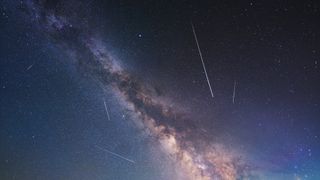
There’s always some concussion about when the peak of the annual Southern Delta-Aquariids meteor shower is. It’s active from mid-July through late August, but since there’s a broad peak, there’s no specific night to stay up late looking up. Looking around midnight tonight through Tuesday, July 30, will give you a good chance of seeing some shooting stars, but they can be faint. The show will be at its best in the Southern Hemisphere and southern latitudes of the Northern Hemisphere, where the Aquarius constellation is at its highest in the sky.
Want to try your hand at capturing some of these events with a camera? Check out our guide on astrophotography for beginners. If you don’t have everything you need, be sure to see our guides on the best cameras for astrophotography and the best lenses for astrophotography.
Jamie Carter is the author of stargazing in 2024 and A Stargazing Program For Beginners.
Editor’s note: If you have an amazing skywatching photo and would like to share it with Space.com’s readers, send your photo(s), comments, and your name and location to spacephotos@space.com.










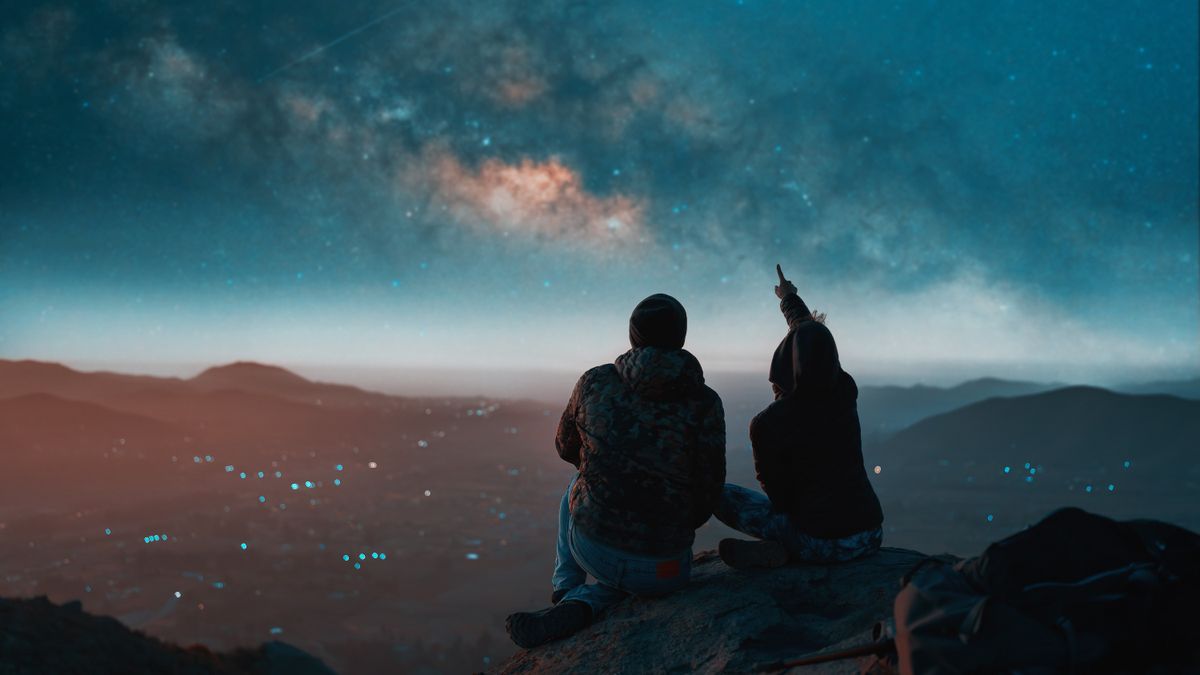






.png)


Discussion about this post